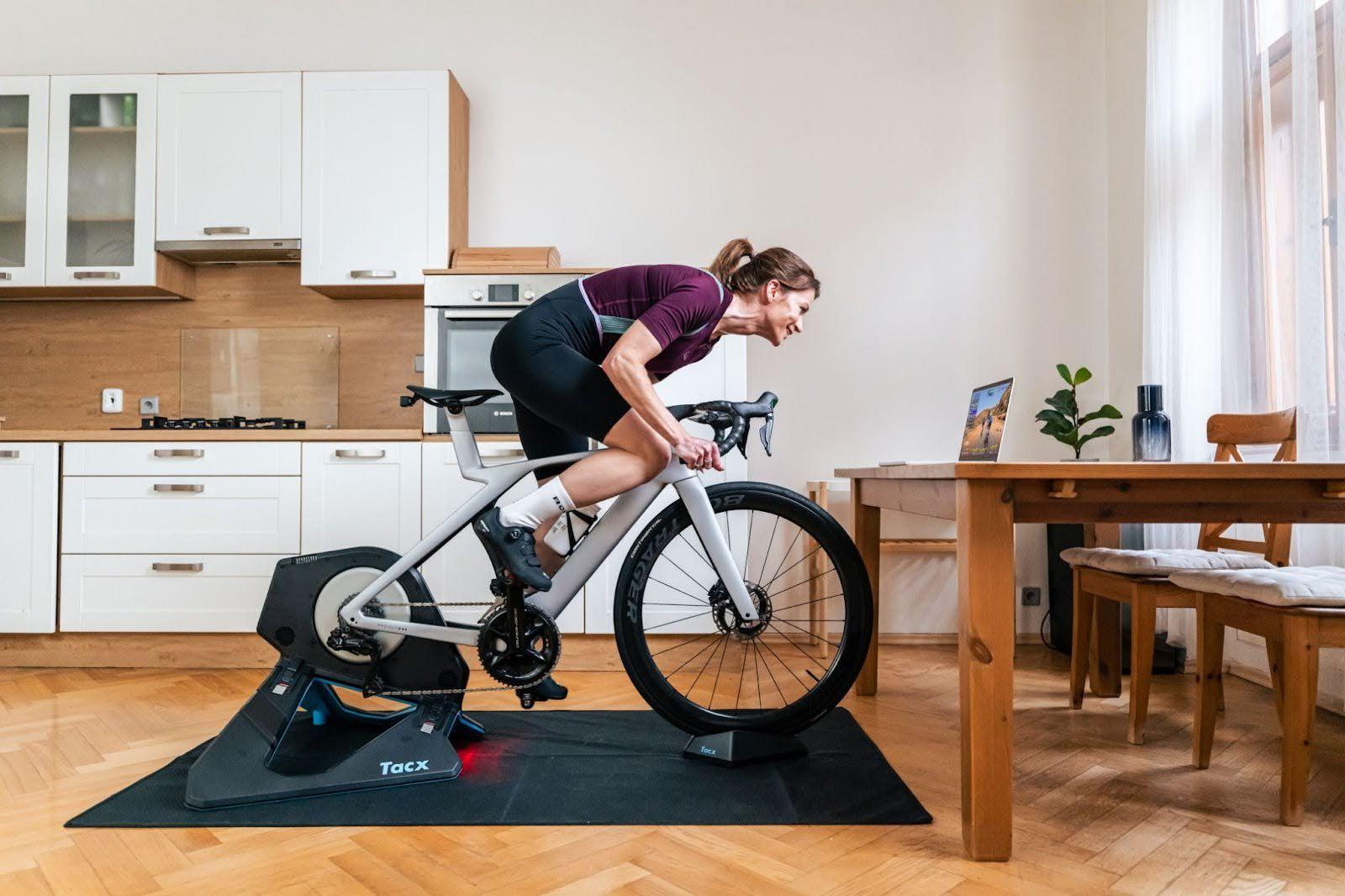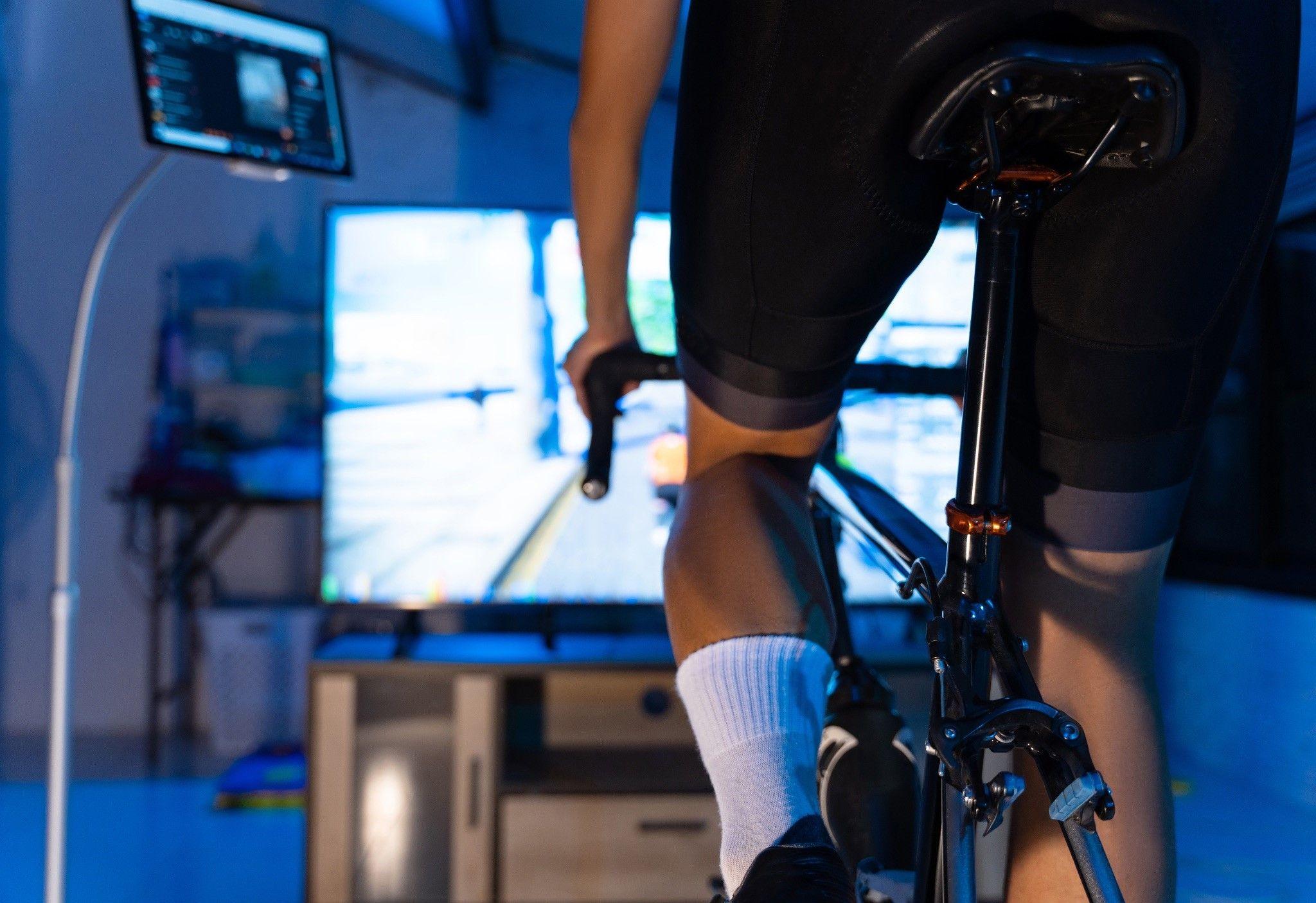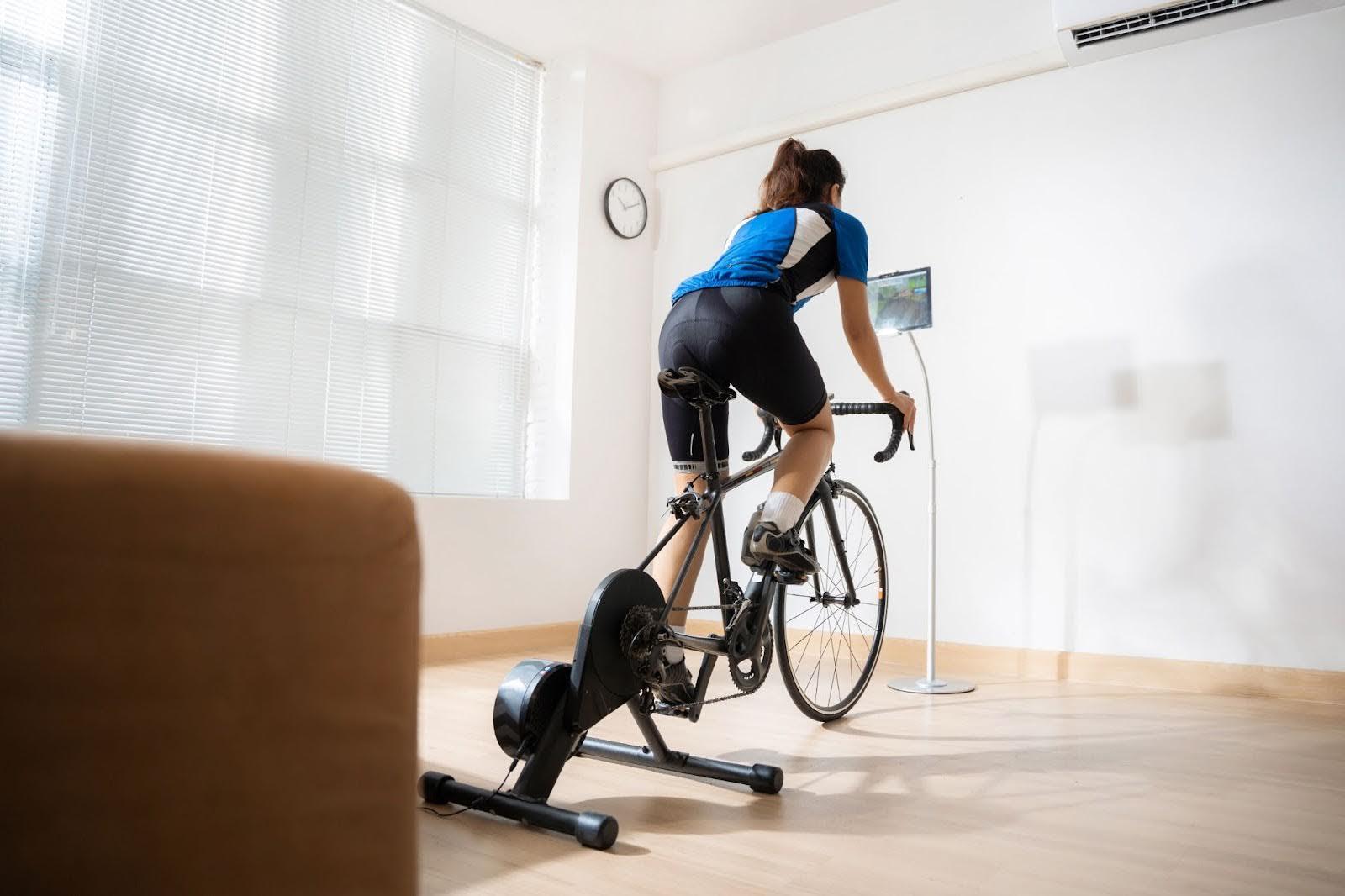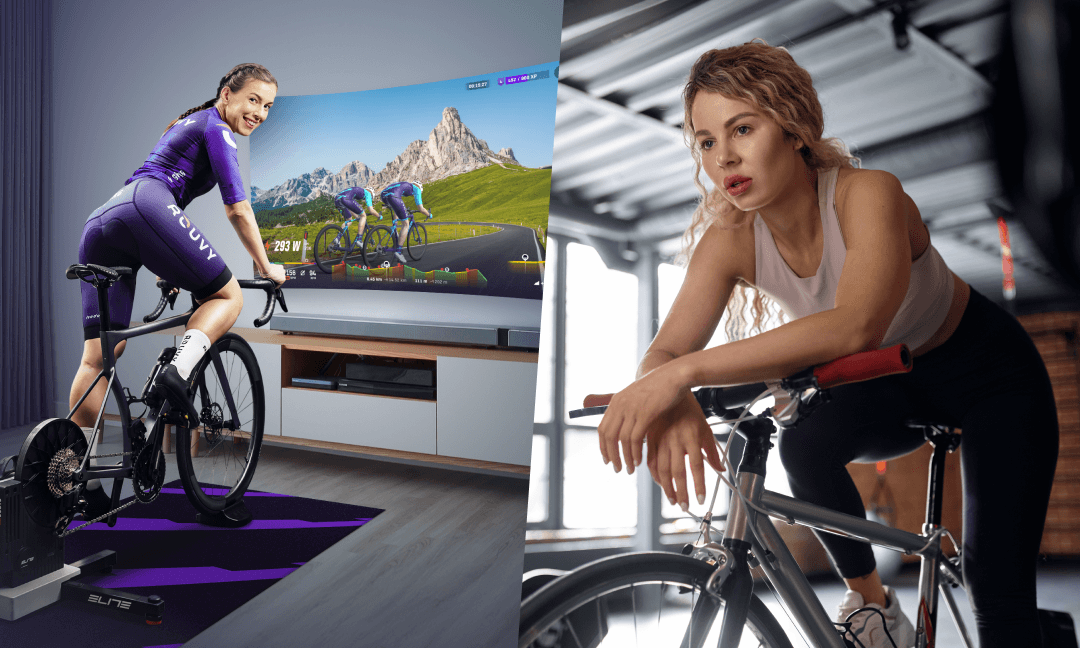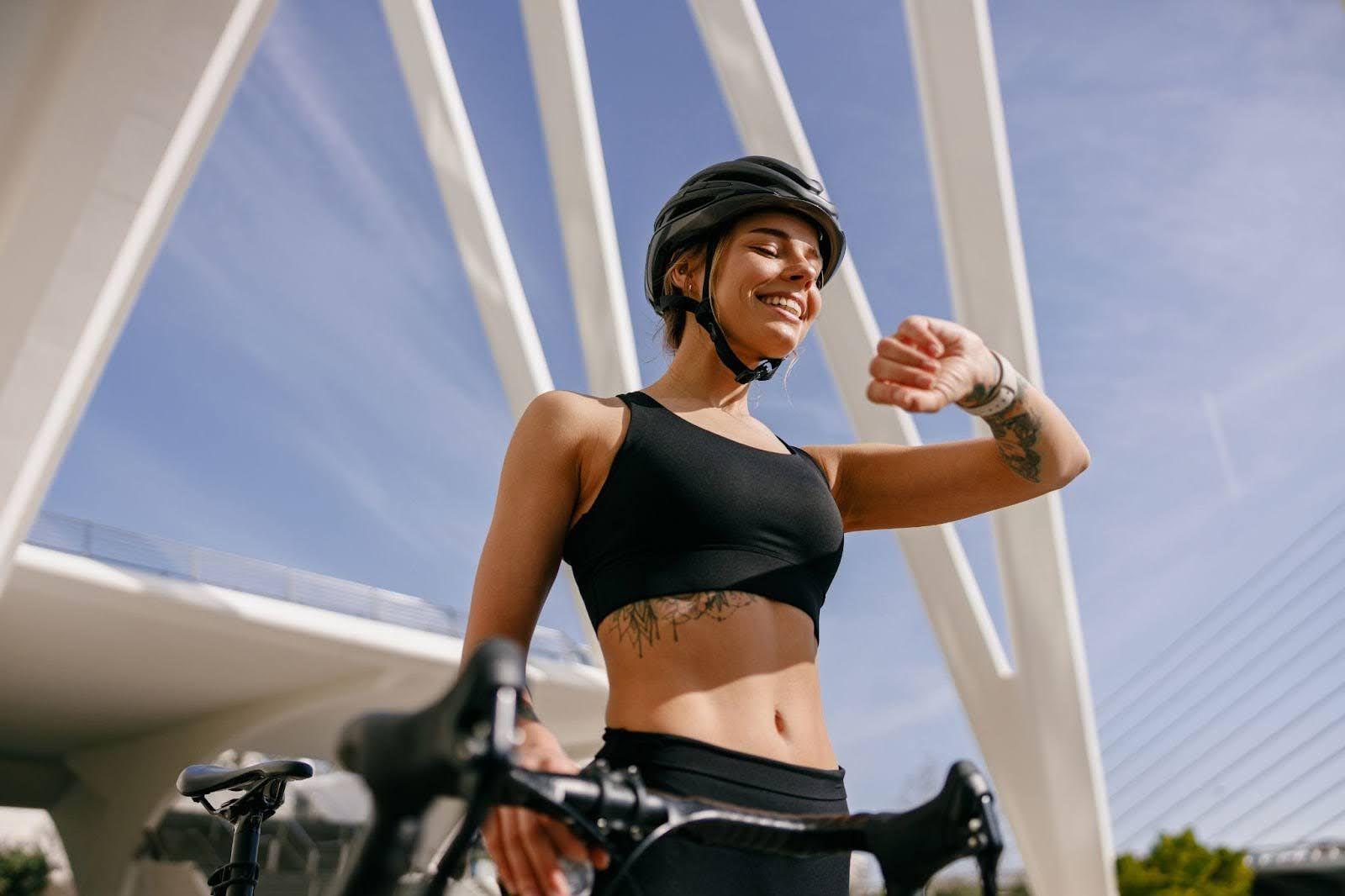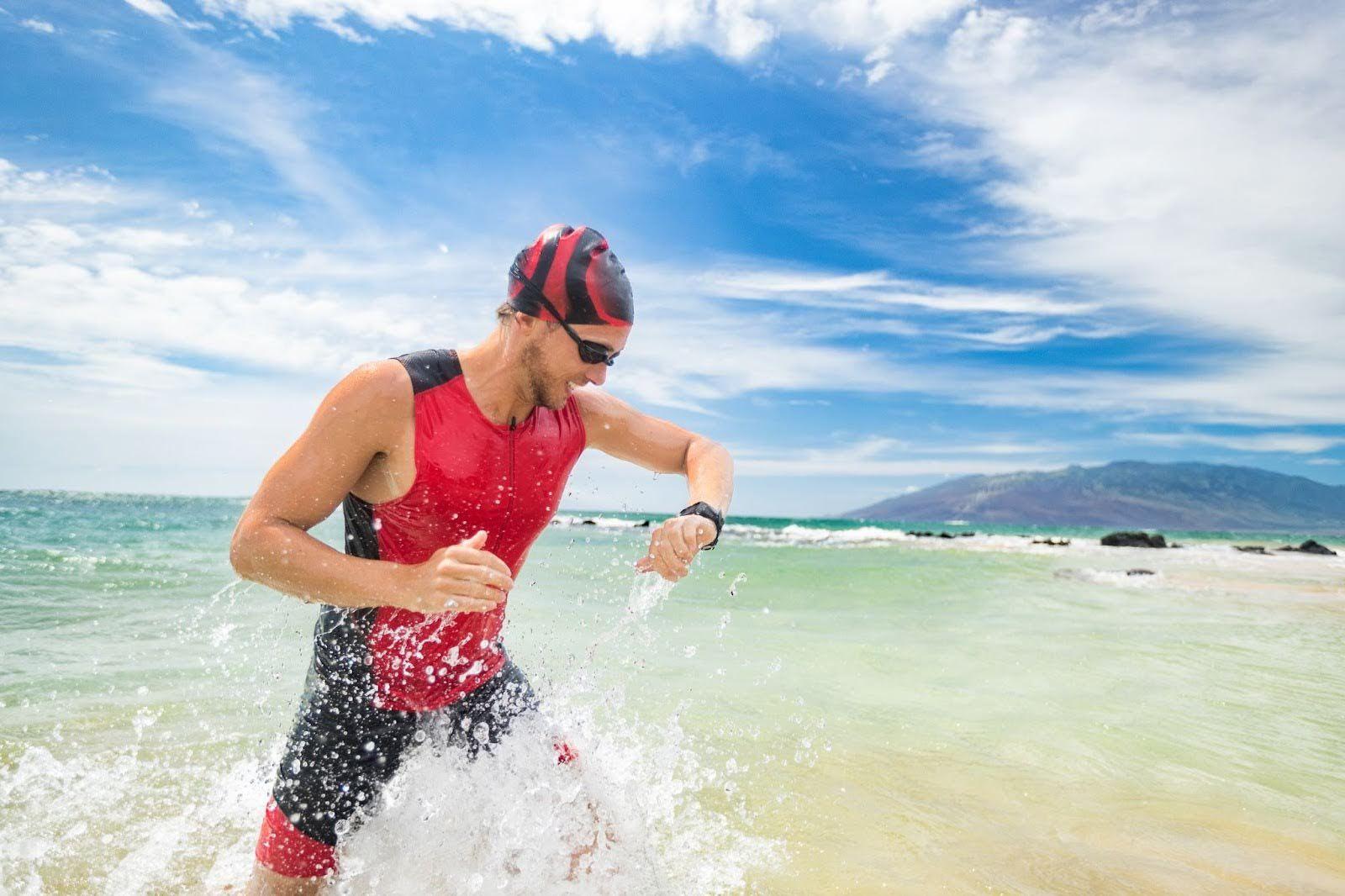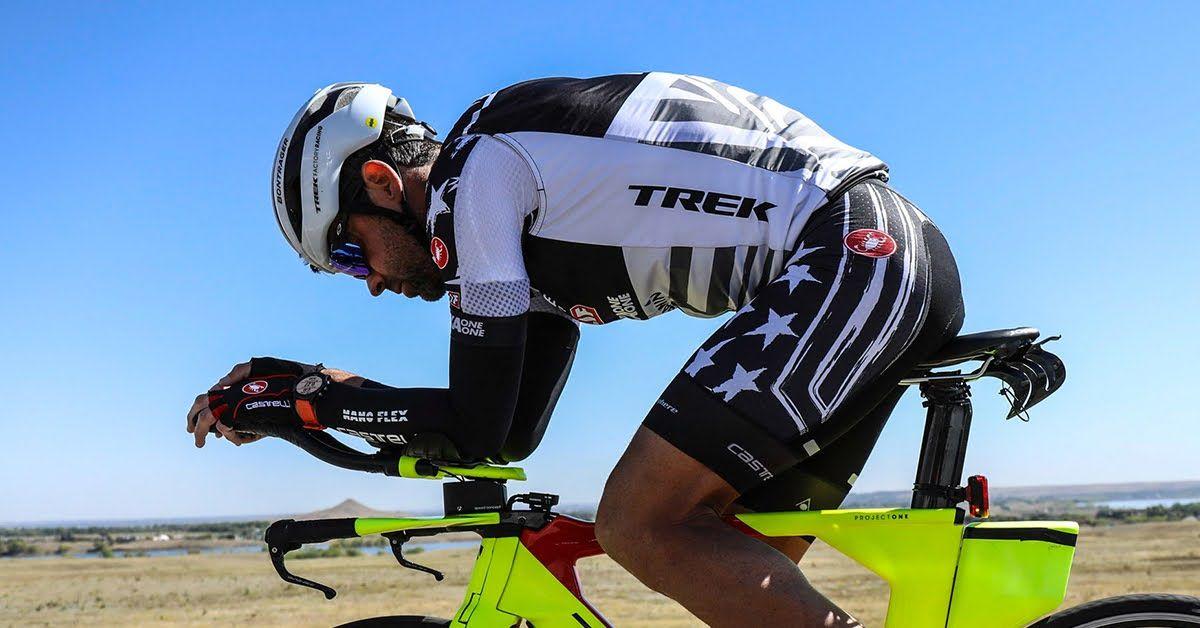When Red Light Makes More Sense
As you can see in the chart above, red light therapy isn’t a quick fix. It works best over the long term, providing tissue repair and performance gains. It can be used consistently without interrupting your training or slowing down training adaptations.
How to Use Red Light Therapy as a Cyclist
RLT enhances endurance cycling at the competitive level by increasing time to exhaustion, meaning you can go harder for longer. So it assists with both endurance and muscle recovery. Timing and frequency are the key to making it work.
Frequency and Timing
For training and recovery maintenance, you can use RLT 3 to 5 times a week to improve mitochondrial health, keep inflammation low, and support consistent training.
If you’re doing heavy training blocks and stage races, try RLT once or twice a day to limit fatigue and speed up recovery.
For overcoming injury, use Red light therapy twice a day to accelerate healing in the injured areas.
To boost your performance and delay fatigue, use RLT 20 to 30 minutes before training. This will improve blood flow, increase oxygen delivery, and may delay fatigue. Try this before your hard interval sessions or your races.
Using RLT within 1 to 2 hours after a training session reduces muscle soreness, calms inflammation, and increases tissue repair. Use this after long rides, hill repeats, or on back-to-back training days.
You may also want to try RLT late in the evening to relax muscles and help promote good sleep.
Remember to follow the directions on your device to prevent overuse. Smaller devices that target specific areas probably only need 5 to 10 minutes of use, while larger panels that offer full body exposure may require 10 to 20 minutes of use.
Devices: From Targeted Spots to Full Body Treatment
There are all different types of RLT devices available, depending on your specific needs.
Handheld Wands: These portable devices are good for targeting smaller, specific areas.
Face Masks: Masks are for the facial area and are used for anti-aging or acne treatment.
Panels: These devices are meant for table-top or wall-mount use, and they can treat larger areas of the body.
Full-Body Beds: These larger beds expose the entire body to red light therapy.
Wraps and Belts: These small devices target specific spots, such as the knee or wrist area.
Home Use vs. Clinics
Clinics and physical therapy offices may use higher intensity light therapy, which can provide deeper penetration and possibly faster results. Trips to the clinic make it less convenient and maybe more expensive.
On the other hand, at-home devices offer convenience and better cost-benefits because they can be used long-term. They are typically less powerful than professional devices, and results may not be seen as quickly.
Does It Work? The Science and Skepticism Behind RLT
Studies of elite athletes show that using RLT before training could improve performance, delay muscle fatigue, and prevent a rise in blood lactate. Athletes may have better tolerance for more repetitions and a longer time to fatigue, while strength and cardiovascular abilities may also be improved. Other studies show that RLT may improve sleep and endurance performance. Lastly, photobiomodulation athletes studies indicate that the use of red or near-infrared (NIR) light can heal and regenerate damaged tissue. Simply put, using it before and after exercise can increase sports performance in athletes.
Insights from Endurance Athletes and Coaches
Neill Stanbury, Bike Fitting Expert, states that pro athletes are using full body panels to reduce inflammation. He suggests this is an effective method that speeds recovery and may improve arthritis.
Kelsey Mitchell, track cyclist and gold medalist from Canada, says she uses red light therapy to “accelerate recovery after intense sprint training sessions so she can go even harder the next day.” LeBron James uses it for muscle recovery and to improve sleep, while David Taylor, wrestler and US gold medalist, uses a combination of cold plunges and RLT to increase energy and reduce inflammation.
Where More Studies Are Needed
Red Light therapy could use more scientific studies. The studies that have been done vary in quality, using only small groups of participants. Some health care providers are skeptical, believing the study results are a bit overblown. So larger studies are needed to determine how much RLT helps and at what dosage and intensity.
If red light therapy becomes popular among elite athletes before racing or competition, governing groups such as the anti-doping agency will need to determine if a ruling is necessary for its use.
How to Integrate Red Light Therapy into Your Indoor Training with ROUVY
If you want to try red light therapy, here’s how you can easily incorporate it into your ROUVY workouts.
Pre-session use for warmup Use RLT before your ROUVY workout. Thirty minutes before you jump on your trainer, apply RLT to increase the time to fatigue and reduce inflammation.
Red light therapy after cycling After a hard ROUVY race or training session, use RLT within an hour or two to lessen muscle soreness and promote faster recovery.
Combining RLT with active recovery rides on ROUVY Another great use for RLT is regular maintenance for active recovery. You may want to use your device several times a week in combination with an active recovery ride on ROUVY to give yourself a maintenance dose that keeps your muscles at their best and inflammation at its lowest.
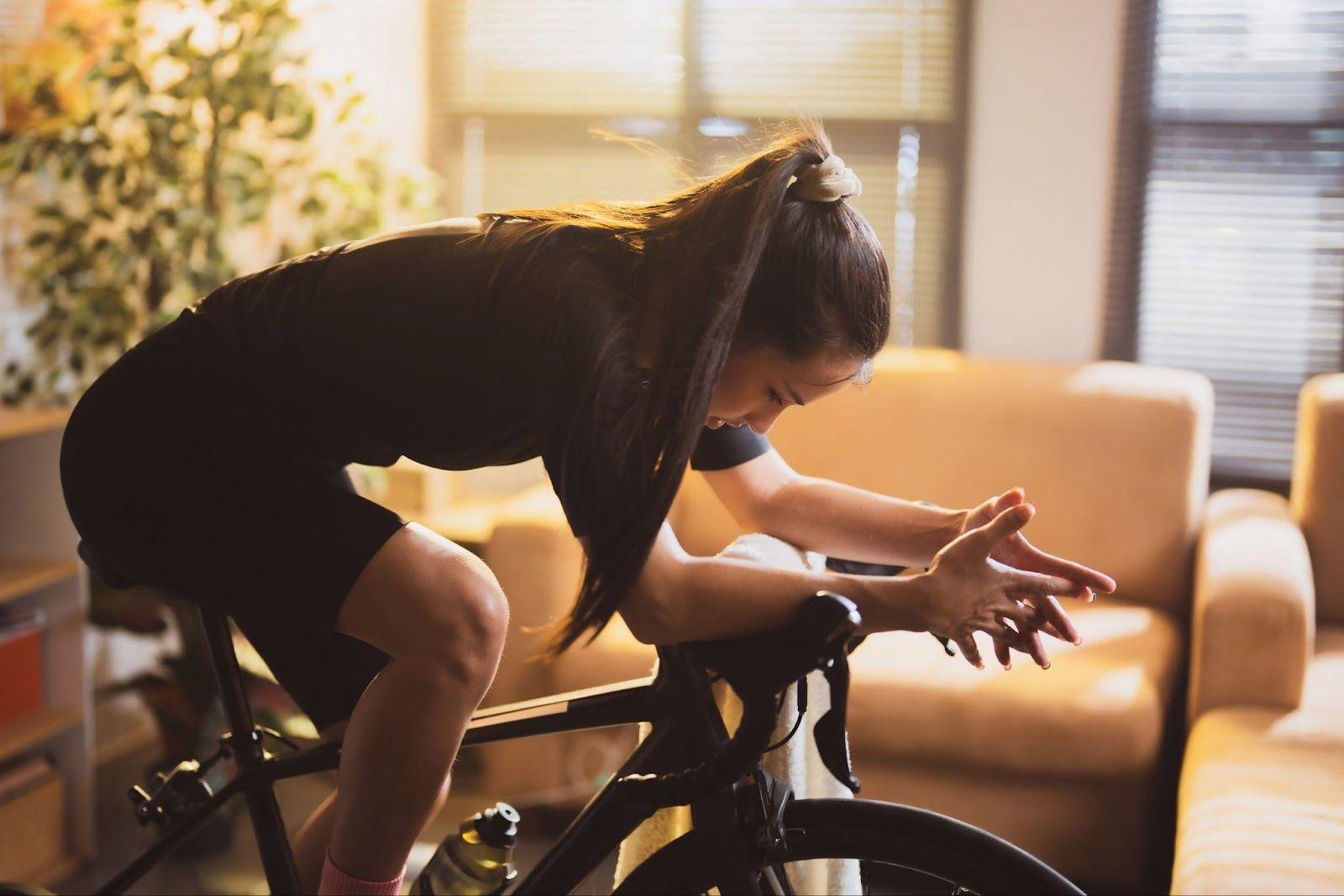
Tips for Choosing the Right Red Light Device
There are a few things to consider when purchasing a performance recovery light therapy device.
- Wavelengths: Choose Red light in a wavelength range of 630-680nm
- Power Density (Irradiance): Aim for at least 30-50 mW/cm² at the correct treatment distance.
- Treatment Area Size:
- Panels or full-body systems: Ideal for treating larger areas like the chest or legs.
- Wands or handheld devices: Best for spot treatments or specific areas, like knees.
Trusted Brands and Certifications
Always look for devices that are FDA-cleared or have undergone clinical testing. Prungo is a well-known brand that, while not inexpensive, offers the security of a brand name with great value for the price.
Common Mistakes to Avoid
Although red light therapy is generally regarded as safe, there are a few common mistakes that people make that can lessen their results.
Inconsistent use. Skipping sessions or sporadic hinders results.
Overuse or underexposure. If your device is too far away, you won’t get enough benefits from it. Overuse can cause skin irritation and headaches.
Skipping other recovery steps like hydration or stretching. RLT isn’t a cure-all; make sure you are using other recovery steps, too, like hydrating properly and stretching to relieve muscle tension.
Expecting instant results. RLT doesn’t provide instant results. It requires consistent use over time to reap the benefits.
Final Thoughts: Shine a Light on Smarter Recovery
Red light therapy shows promising results for better recovery for cyclists and other endurance sports. Although it isn’t a quick fix for muscle pain and inflammation, it does show improvements at the cellular level for long-term reduction of inflammation, increased cellular energy, and tissue repair. Keep your light shining, though – it takes regular, consistent use to enjoy the benefits of more time to fatigue and better recovery.
Sources


